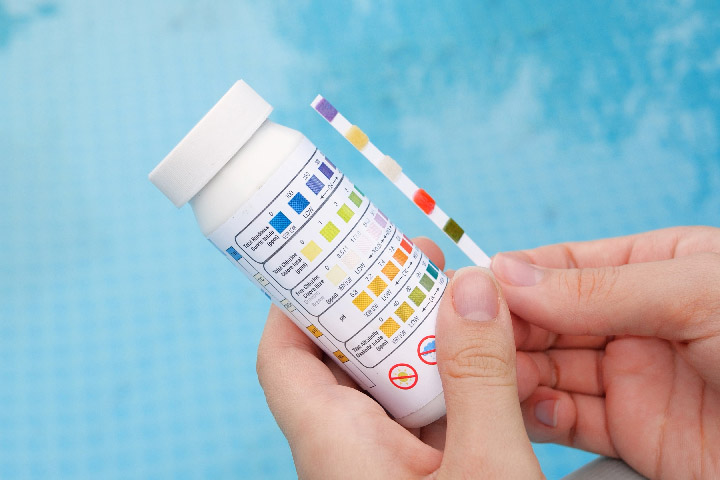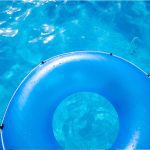
Mastering the Salt Dance: Understanding PPM and Balancing Salt in Chlorine Generator Pools
Dip your toe into the world of saltwater pools, and you’ll soon encounter the term ‘parts per million’ or PPM. While it might sound scientific and daunting, understanding PPM and its relation to salt in swimming pools is essential for optimal pool maintenance. Let’s dive in!
1. What is PPM? Parts Per Million (PPM) is a unit of measure that describes the concentration of one substance within another. In the context of a saltwater pool, PPM refers to the concentration of salt in the water. To visualize this, imagine a million tiny boxes of water. If your pool’s salt concentration is 3000 PPM, then 3000 of those boxes would contain salt, and the rest would contain only water.
2. Why is PPM Important in Saltwater Pools with Chlorine Generators? Saltwater pools utilize chlorine generators, often called salt chlorinators. These devices convert salt (sodium chloride) into chlorine, which disinfects the water. For the generator to work efficiently, the salt concentration in the pool must be maintained within a specific range, usually between 2700 to 3400 PPM. Too low, and the generator can’t produce enough chlorine; too high, and it may damage the equipment or lead to overly saline water.
3. How to Measure the Salt PPM in Your Pool: To determine your pool’s salt PPM:
- Use a salt test kit, which can be purchased at most pool supply stores. These kits are designed to provide quick and accurate readings of salt concentration.
- Some advanced digital saltwater chlorinators display the salt PPM on their control panels, providing real-time data for pool owners.
4. Balancing the Salt in Your Swimming Pool: If salt PPM is too low:
- Determine how much salt your pool needs by consulting your chlorine generator’s manual. There are also online calculators that can help.
- Add the recommended amount of pool-grade salt (not table salt!) evenly across the pool. Use a pool brush to help dissolve and distribute the salt.
- Wait for 24 hours and then recheck the salt PPM.
Use our salt calculator for easy balancing. https://poolchemicalcalculator.com/Pool-Salt-PPM-Calculator.html
If salt PPM is too high:
- The only effective way to reduce salt PPM is to dilute the pool water. This means partially draining the pool and refilling it with fresh water.
- Once refilled, run the pool pump for at least 24 hours to circulate the water and then recheck the salt PPM.
5. Maintaining the Perfect Balance: Regularly check the salt PPM, especially after heavy rainfall, large amounts of fresh water added, or after backwashing a sand filter, as these can dilute the salt concentration.
Conclusion: Understanding and maintaining the correct salt PPM in your chlorine generator pool is crucial for its efficiency and longevity. With regular checks and the right balance, you can enjoy a pristine pool with the perfect hint of saltiness, offering an ocean-like experience right in your backyard!




